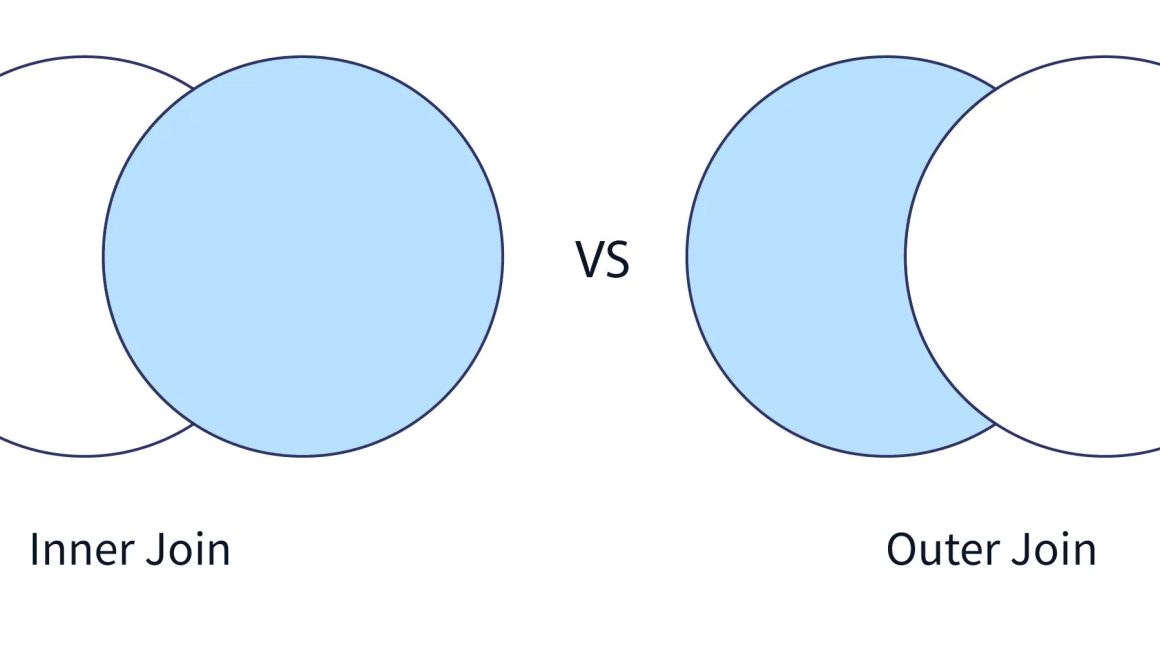In the previous posts, we’ve shared A to Z terminology that gets used in data science and machine learning. In this article, we’re going to share with you the most used Machine Learning Key Terms.
Machine Learning Key Terms
Here are some of the most used key terms in machine learning:
- Association
- Bayesian
- Classification
- Clustering
- Decision Trees
- Deep Learning
- Neural Networks
- Regression
Before taking a deep dive into these terms, let us first understand what Machine Learning is and how it is being used in the 21st century.
You’re reading the article, 8 useful Machine Learning Key Terms.
Machine Learning is a field of study in computer science that makes it possible for machines to learn and adapt by using complex algorithms and statistical models. ML is interdisciplinary and employs computer science, statistics, and artificial intelligence techniques. Machine Learning can be applied in diverse fields such as computer vision, artificial intelligence, and data mining.
Using algorithms, machines take decisions and make predictions based on the data by identifying the patterns. The best example of Machine Learning Prediction is weather forecasting.
Let us now take you through all of the 8 Machine Learning Key Terms.
1. Association:
Association can be explained by introducing a market basket analysis, a typical task for which it is known. Market basket analysis identifies associations b/w various items that have been chosen by a particular buyer and placed in their market basket. Either real or virtual, it assigns support and confidence measures for comparison. The value lies in cross-marketing and analysis of customer behaviour.
Association is a generalization of market basket analysis and is similar to classification except that any attribute can be predicted in the association.
You’re reading the article, 8 useful Machine Learning Key Terms.
2. Bayesian: There are two primary ideas when talking about probability: classical and frequentist. Probability interpretation views probabilities in terms of the frequencies of random events. In somewhat contrast, the Bayesian theory of probability aims to quantify uncertainty and updates a given probability as additional evidence is available. If these probabilities are extended to truth values and are assigned to hypotheses, we then have “learning” to varying degrees of certainty.
3. Classification: Classification is the process of building models that separate data into distinct classes. These models are built by inputting sample data from which the classes are pre-labelled for the algorithm to learn. The model then gets used by inputting a distinct dataset for which the classes are withheld, allowing the model to predict its class membership based on what it has learned from the sample dataset. As this type of algorithm requires explicit class labelling, classification is a form of supervised learning.
You’re reading the article, 8 useful Machine Learning Key Terms.
4. Clustering: Clustering analyses data that does not include pre-labelled classes or even a class attribute. Data instances are grouped using “maximizing the intraclass similarity and minimizing the interclass similarity,” as Han, Kamber & Pei described. This means the clustering algorithm identifies and groups very similar instances instead of ungrouped instances that are much less similar.
As clustering does not need the pre-labelling of classes, it is a form of unsupervised learning. It means that it learns by observation instead of learning by example.
You’re reading the article, 8 useful Machine Learning Key Terms.
5. Decision Trees: Decision trees are recursive, top-down, divide-and-conquer classifiers. They are generally composed of 2 primary processes: tree pruning. Tree induction & tree induction. Tree induction is the process of taking a set of pre-classified instances as input and deciding which attributes are best to split on, splitting the datasets, and recursing on the split datasets until all training instances get categorized.
While building the tree, the aim is to break into the attributes that create the purest child nodes possible, which would keep to a minimum the number of splits that would need to be made to classify all instances in our dataset. A complete decision tree model can be complicated, contains unnecessary structure, and can be challenging to interpret.
You’re reading the article, 8 useful Machine Learning Key Terms.
6. Deep Learning: It is a relatively new term, although it has existed before the dramatic growth in online searches. Due to a surge in research and industry, this subsequent branch of machine learning rose. Deep learning is a branch of machine learning and the process of applying deep neural network technologies, i.e. the neural network architectures with multiple hidden layers of neurons – to solve problems. Deep learning is a process, like data mining, which employs deep neural network architectures, which are particular types of machine learning algorithms.
7. Neural Networks: These are the algorithms inspired by the biological brain to the extent that they capture that actual brain functionality is highly controversial and claim that the biological brain is patently false. Neural networks consist of numerous interconnected conceptualized artificial neurons that pass data between themselves and have associated weights tuned based on the network’s experience. Neurons have activation thresholds that are fired if met by a combination of their related weights and data passed to them; combinations of fired neurons result in “learning.”
You’re reading the article, 8 useful Machine Learning Key Terms.
8. Regression: Regression is pretty closely related to classification. The classification deals with predicting discrete classes; regression is applied when the “class” to be predicted consists of continuous numerical values. Linear regression is an example of a regression technique.
If you’re interested in pursuing your career as a Machine Learning Engineer and want to learn it from the basics, explore these amazing certification program by Console Flare that teaches you all the tweaks in the ML and makes you ready for the profile of an ML Engineer.
Masters in Data Science With Machine Learning & Power BI
Hope you liked reading the article 8 useful Machine Learning Key Terms. Share your thoughts in the comments section below. For the latest industry news, follow our LinkedIn Page.







You have noted very interesting points! ps decent website .
I am glad that I observed this blog, precisely the right information that I was looking for! .